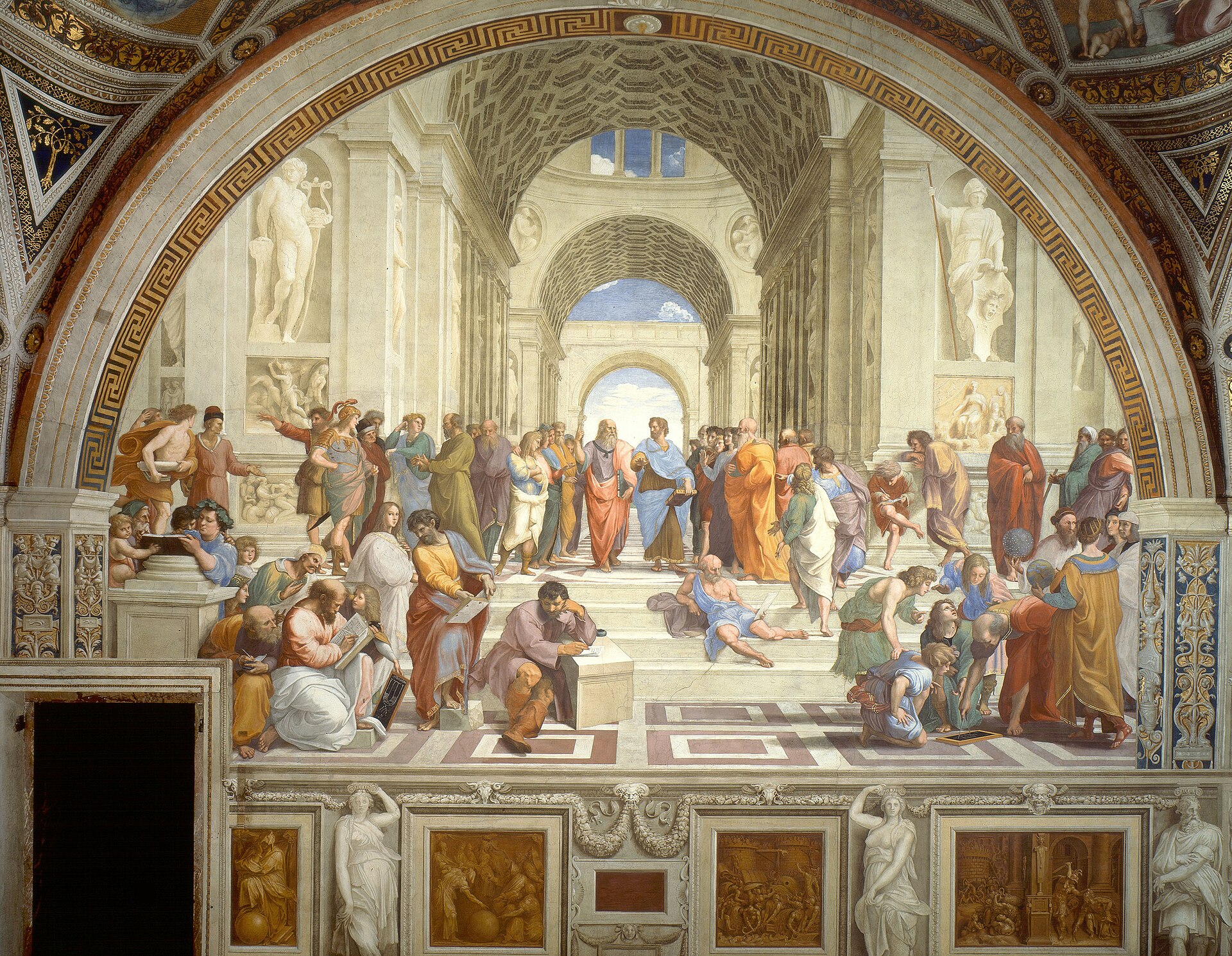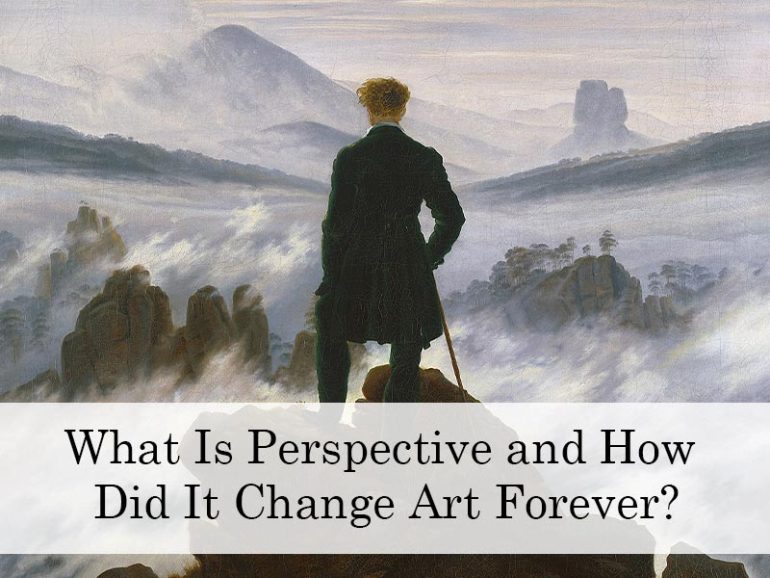Perspective is one of the most important concepts in art, revolutionising how artists depict the world around them. Before its introduction during the Renaissance, most artworks appeared flat and lacked depth. By learning how to create the illusion of three dimensions on a two-dimensional surface, artists transformed their craft and brought a new level of realism to their works.
What Is Perspective in Art?
Perspective refers to the technique of representing three-dimensional space on a flat surface. It helps to create the illusion of depth and distance, making objects appear closer or farther away from the viewer. The two most common types of perspective used in art are:
- Linear Perspective: Using lines that converge at a vanishing point to create depth, such as in a road narrowing into the distance.
- Atmospheric (or Aerial) Perspective: Using colour and tone to suggest depth, with distant objects appearing lighter and less detailed.
These methods work together to make flat images look more lifelike.
How Did Artists Develop Perspective?
While some ancient cultures, such as the Greeks and Romans, experimented with basic forms of perspective, it wasn’t until the Renaissance that perspective became a central feature of Western art. Artists like Filippo Brunelleschi and Leon Battista Alberti formalised the rules of perspective, making it a foundational skill for painters and architects.
Famous Examples of Perspective in Art
1. The School of Athens by Raphael (1509–1511)
This masterpiece is a prime example of linear perspective. The lines of the architecture all lead to a central vanishing point, drawing attention to the key figures of Plato and Aristotle. The use of perspective creates a sense of grandeur and depth.

2. The Arnolfini Portrait by Jan van Eyck (1434)
Van Eyck used perspective subtly in this painting, with the positioning of objects creating depth. The convex mirror at the centre reflects the scene, adding a sense of space and dimension.

3. The Last Supper by Leonardo da Vinci (1495–1498)
Leonardo’s famous mural employs linear perspective to draw the viewer’s eye to Christ at the centre of the table. The lines of the walls and ceiling converge at his head, emphasising his importance.

4. View of Delft by Johannes Vermeer (1660–1661)
This painting showcases atmospheric perspective, with the city in the distance appearing softer and less detailed than the foreground. Vermeer’s careful use of light and colour enhances the sense of depth.

5. Wanderer Above the Sea of Fog by Caspar David Friedrich (1818)
Atmospheric perspective is central to this Romantic masterpiece. The distant mountains are shrouded in mist, contrasting with the sharp clarity of the figure in the foreground.

How Does Perspective Impact Art?
Perspective changed art forever by allowing artists to create more realistic and engaging works. It enabled them to depict scenes that felt more dynamic and immersive, enhancing storytelling and emotional impact. From Renaissance frescoes to contemporary landscapes, perspective remains a vital tool for artists.
Why Is Perspective Important for Artists Today?
- Improves Realism: Understanding perspective helps artists create convincing depth in their work.
- Enhances Composition: Perspective can guide the viewer’s eye to key parts of a painting or drawing.
- Encourages Experimentation: Many modern artists, such as Escher, have used perspective in creative and unexpected ways.
Further Reading
- The National Gallery – Perspective in Art
- The Met – Renaissance Perspective
- Tate – Understanding Perspective
- Khan Academy – Linear Perspective
Mastering perspective is a key milestone for any artist. By studying how artists of the past used this powerful technique, you can unlock new ways to bring your own work to life. Why not grab a pencil and ruler and start practising your vanishing points today?
If you would like to receive a roundup of all of our blog posts once a week to keep you inspired in your inbox, why not sign up to our newsletter. You can access our sign up at the top of our page. If you are a London Art College student and you would like your artwork featured here, drop us a line at any time.

